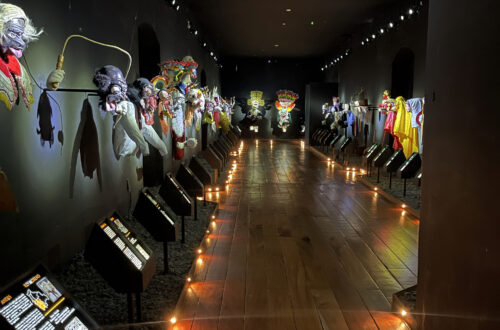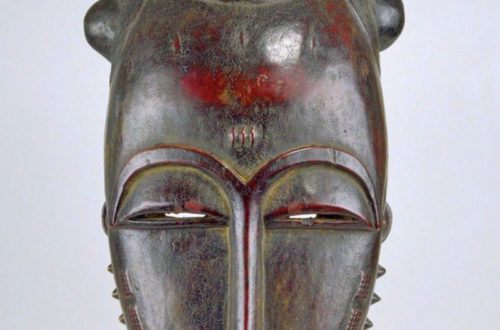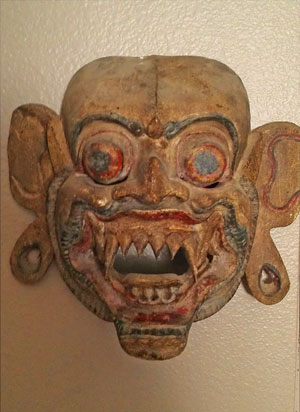Nine long years have passed since the time when a group of Kogui people, one of the world’s most isolated tribes, made an arduous journey to confront their past, locked away within the imposing walls of the Ethnological Museum of Berlin Dahlem. These delegates of a culture untouched by time stood before their sacred masks, the ‘Kágaba,’ entombed in concrete. A plea for their return has been echoing since then, reverberating through the empty museum halls.
Handcrafted in the mysterious era of pre-Columbian times, the ‘Kágaba’ are not mere masks. They are the ancestral spirits of the Kogui people, integral to their sacred rituals and ceremonies. According to the Kogui’s ancestral wisdom, these masks, the sun mask and the large sun mask, are danced into life for three days and nights to maintain the delicate balance of nature.
These spectral guardians of tradition did not journey alone from their home in the Sierra Nevada de Santa Marta to Berlin. Alongside them were 246 other priceless relics of an almost forgotten past. Yet, the question remains, were they gifts of goodwill or spoils of an invisible war?

Due to the dedicated, if misguided efforts of the esteemed German scientist, Konrad Preuss, these invaluable Kogui artifacts found their way to Berlin. What’s not evident is the museum’s concealment of how the masks were acquisitioned in the first place. The real story is that Preuss capitalized on an inheritance dispute between two indigenous priests, bringing forth the question: Who truly tells the story of these artifacts?
The indigenous relics lie dormant in European museum basements, confined within labeled boxes, far from the reverential touch of the Kogui people who revered them as spiritual bridges, ancestral relics, tools for life. Despite the proclaimed innocence of historians and museum curators, why aren’t these cultural heritages returned when their original custodians are pleading for their return?
Mama Shibulata, a member of the Kogui community, could barely hold back tears on seeing photographs of the masks. “The sight of our sacred masks in an alien land fills me with sorrow. Mama Pedro Juan and Mama Jacinto have fought tirelessly for their return. Our lands are feeling the absence of these masks; natural disasters are increasing, diseases are spreading. Negative energy is rampant as our spiritual shields are not here with us. The time has come for the masks to be returned to where they truly belong.”
As decades roll on, hundreds of cultural tokens lie hidden in European museums, away from the indigenous communities they once belonged to. Is it time to decolonize our museums? Are we ready to witness the restitution? The emptiness that may follow in the museums might echo the void that the Kogui, and many other indigenous cultures, have been experiencing for years.
The urgent need is for these sacred artifacts to return to their places of origin, where they are not just revered, but truly needed. The cry of the Kogui people resonates with countless cultures globally, demanding their spiritual heritage back where they truly belong.





